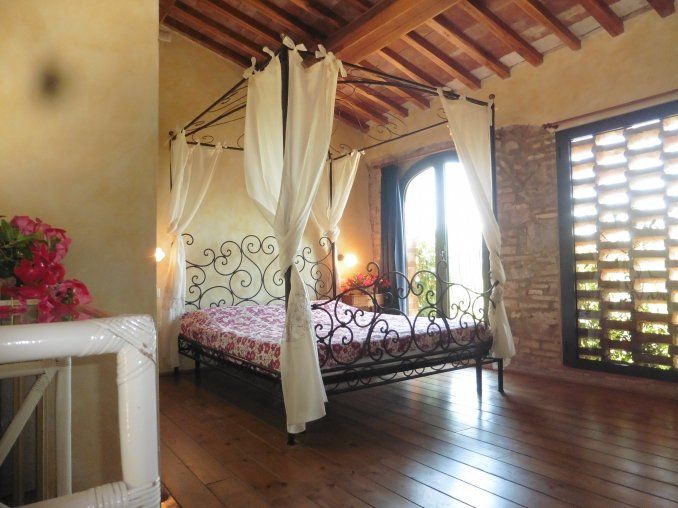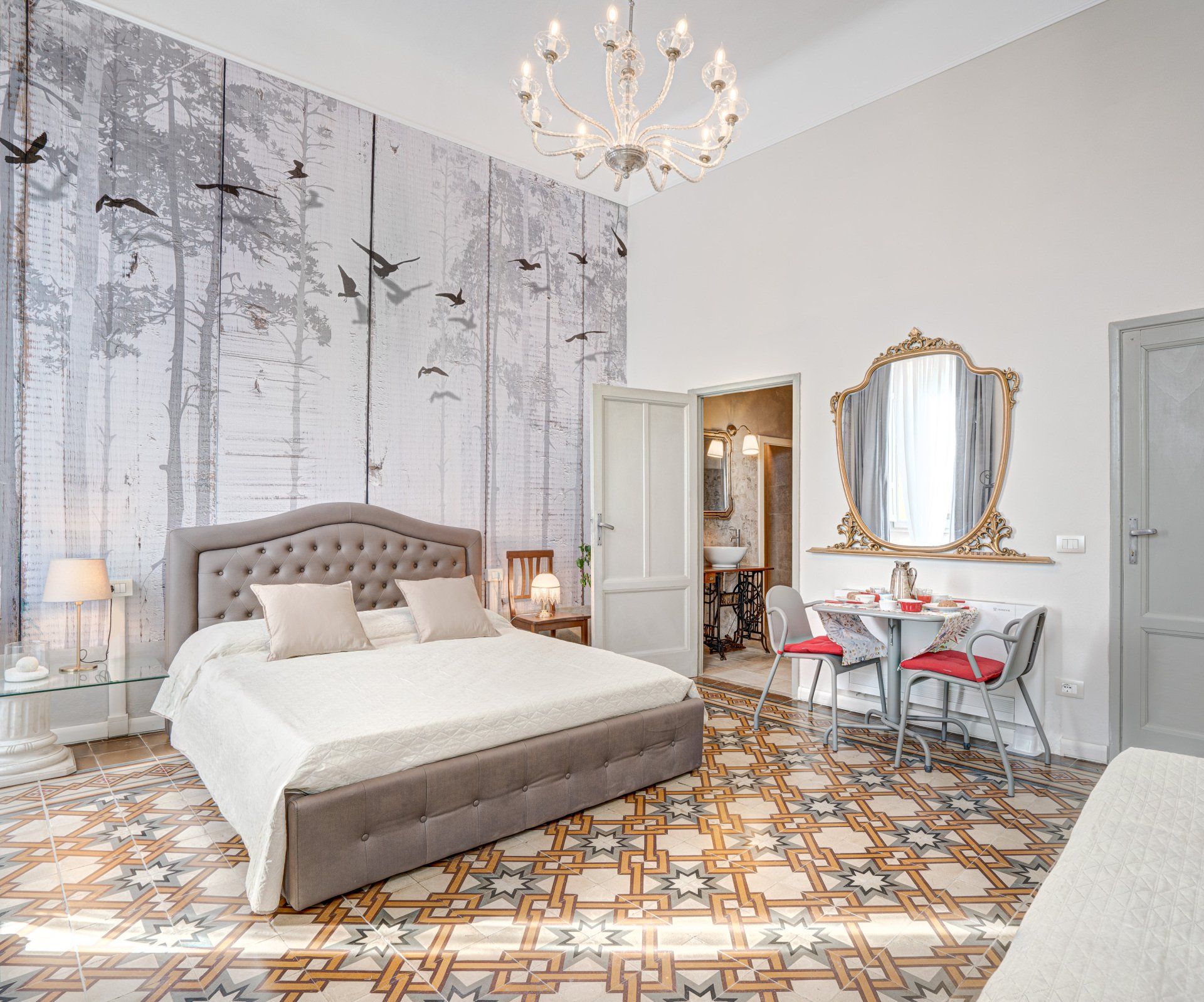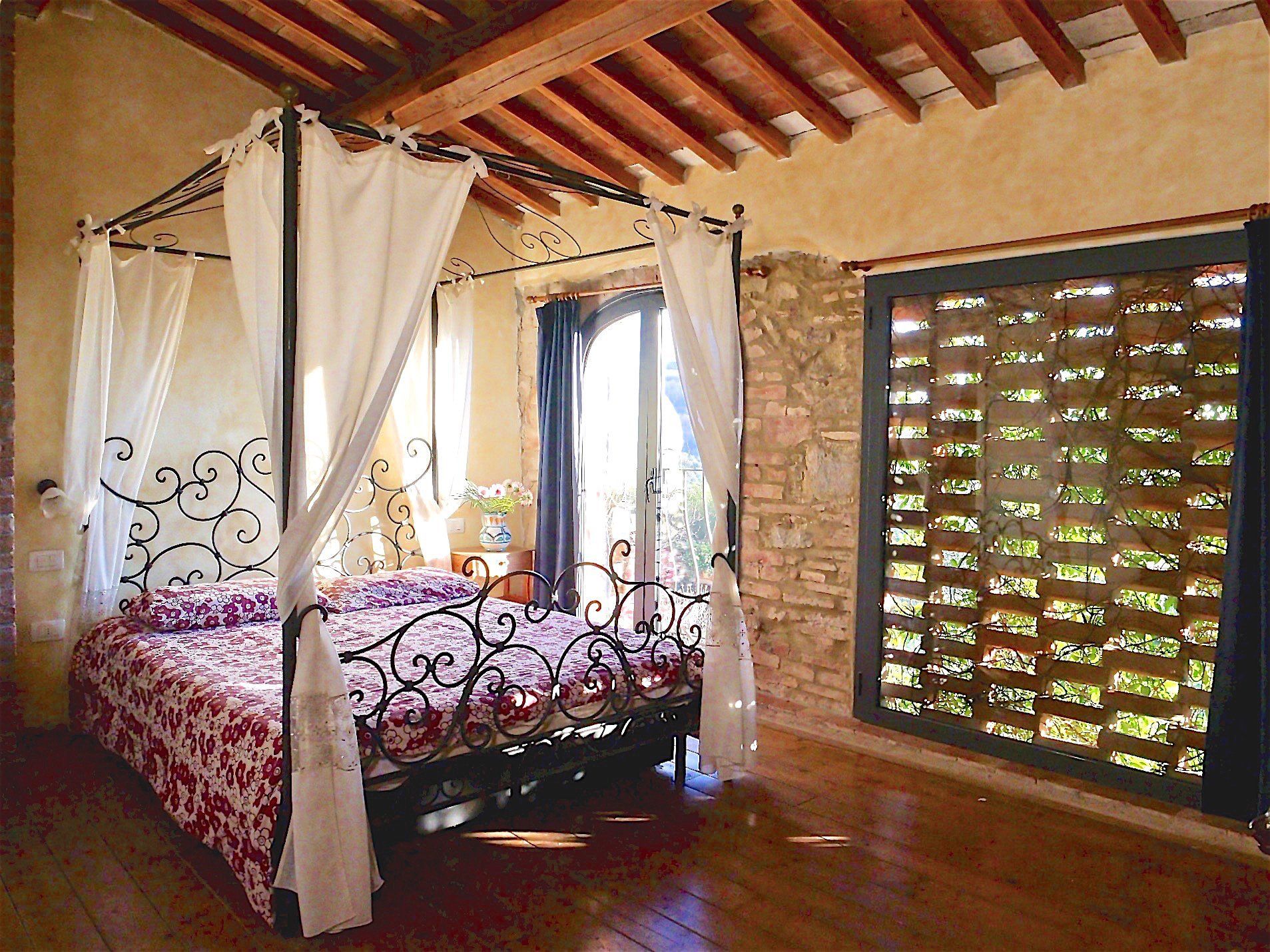Livorno
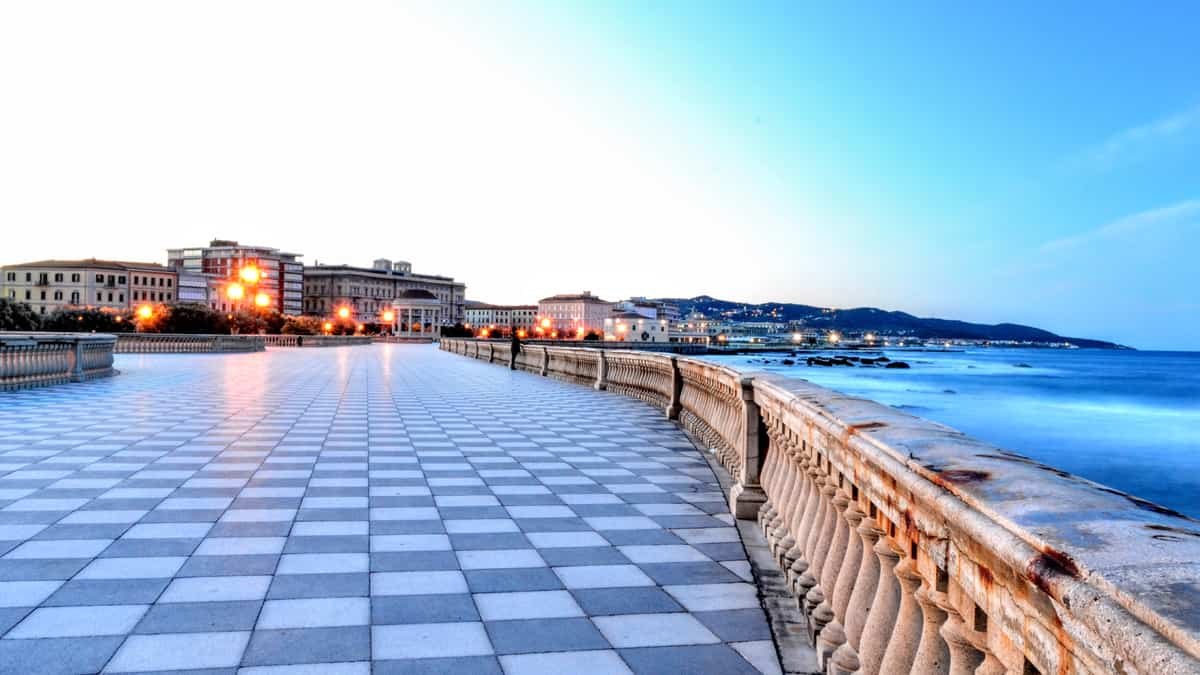
Slide title
Scrivi qui la tua didascaliaButton
-
Livorno, city of "Nations"
Livorno was founded in the second half of the 16th century and many reminders of the 'Nations" which contributed to its birth and growth are still to be found in its churches, palazzos, historic cemeteries, archives and food. Its unique, original history made Livorno an open, welcoming city, a
meeting place for religions and different traditions.
An important contribution to the development of the city was given by the "Livornine" which are the „most adventurous laws issued on 30th July of the year of the incarnation of our Lord 1591 by Don Ferdinando Medici, duke of Fiorenza et Siena, Lord of Porto Ferraio on the Isle of Elba, of Castiglion della Pescaia and of the Isle of Giglio“.
The introduction is fascinating: „first we grant to all you merchants, Jews, Turks, Moors and other real merchants, free and unhindered safe conduct and licence to come, stay, trade, and live with your
families or without them, leave, come back and trade elsewhere in our Dukedom without hindrance or real or personal assault...“
The history of Leghorn, the ancient name of the city, drives its „libertarian“ roots into those laws. The city of „privileges“ therefore has the adventure of being the destination of many seafaring peoples.
Leghorn was “invaded” by the Greeks, the Portuguese Jews, the Armenians, the orthodox Greeks, the Alemann Dutch, the English community, the Valdesians, a fabulous mixture of races and ethnic groups, precious traces of which still remain.
Guarding the port is the Old Fortress, with the imposing Matilda's Keep (Mastio di Matilde), connected by the city's inland waterways to the New Fortress in the heart of the city centre. The Venezia quarter, built during the 17th century,
still preserves some of its original features. Of particular charm are the Medicean Fossi, a network of navigable canals that connected merchants’ warehouses and homes which - as in the city of Venice - tied their foundations and entrances at water level.
The quarter's elegant architecture can still be admired along Via Borra.
Livorno multicultural city - A brief history of the city
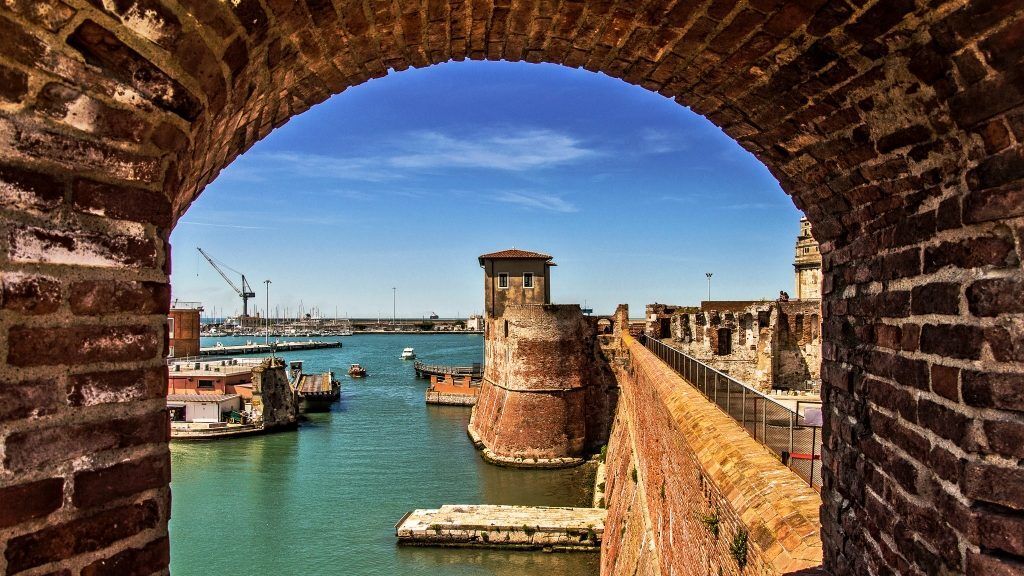
Slide title
Scrivi qui la tua didascaliaButton
Slide title
Scrivi qui la tua didascaliaButton
-
Livorno, the Porto Mediceo and the Old Fortress
It was built exploiting a natural creek when the progressive raising of the land made the port of Pisa unusable, in spite of Cosimo I’s attempts to recover it. Now no longer visible, it can be approximately identified as the section of port in front of Fortezza Vecchia (Old Fortress). Starting from the 1530‘s, a whole series of works were begun and finished that led to the construction of the new port. Fortezza Vecchia was a defensive building. This stately fortalice is the result of a number of superimposed additions made over the centuries: Matilda’s tower dates back to the X - XI century and the Quadratura dei Pisano and the circular keep to the XVI century. Designed by Antonio da Sangallo, isolated it from the dry land, the complex features three great bastions called the Capitana, Ampolletta and Canaviglia. The elegant palazzo of Grand-Duke Francesco I overlooking the port, can be seen by the latter.
In the same period the large basin was built in front, the navigable canal between Pisa and Leghorn was completed and, in 1620, the Molo Mediceo was built. The free goods depot and the establishment, in 1675, of the free port (Leghorn lost this right when it was annexed to Italy) gave the port of Leghorn a fundamental importance in international trade. In 1924 the industrial port began to be built and even if the old port it is no longer perfectly visible, it is the oldest in Tuscany after the disappearance of the port of Pisa.
Livorno - The Medici Port and the Old Fortress
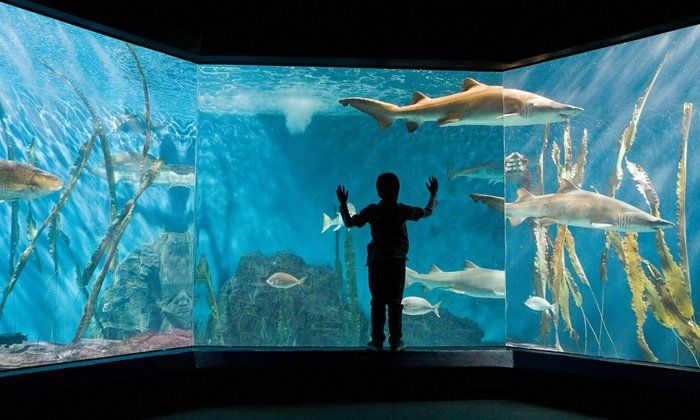
Titolo diapositiva
Scrivi qui la tua didascaliaPulsante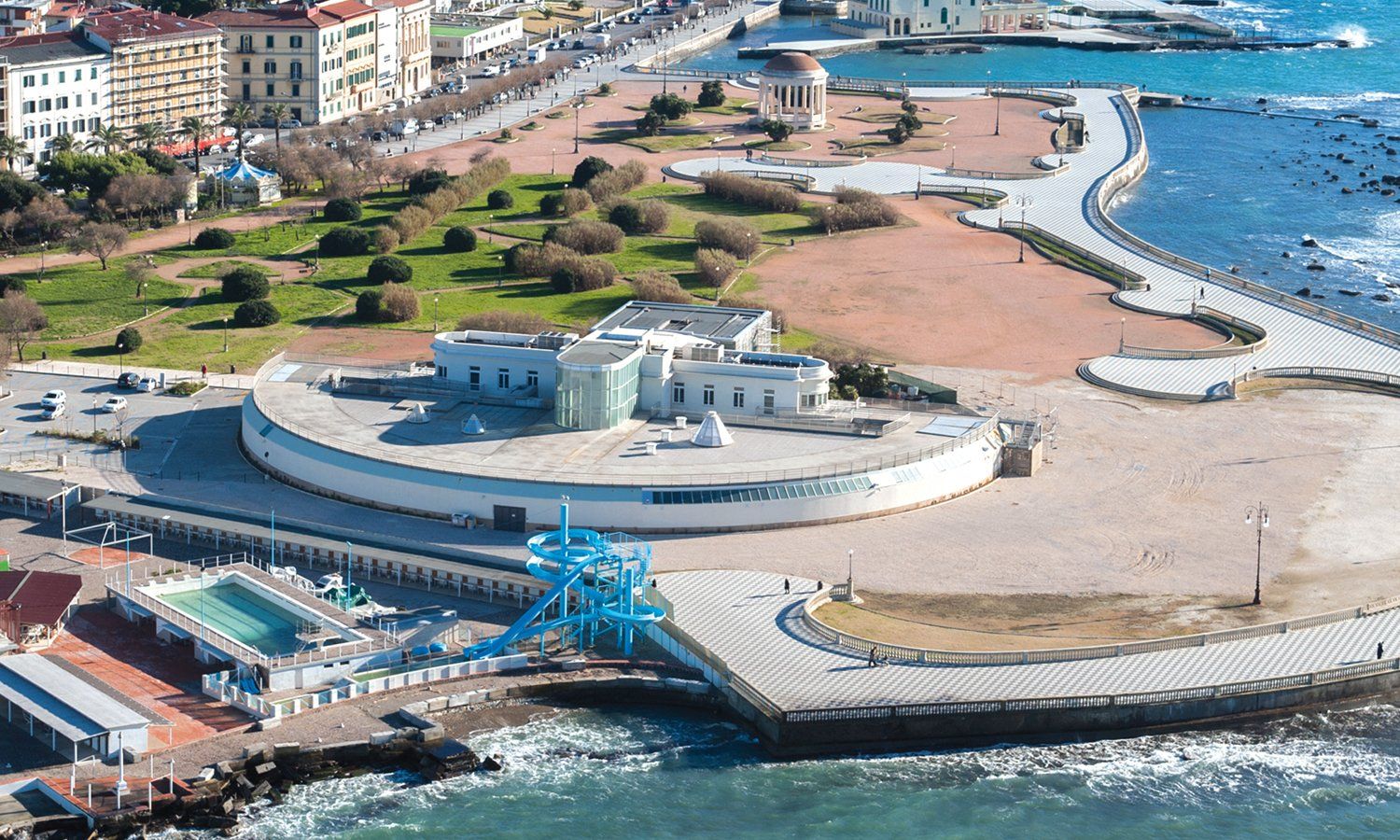
Titolo diapositiva
Scrivi qui la tua didascaliaPulsante
Titolo diapositiva
Scrivi qui la tua didascaliaPulsante
Titolo diapositiva
Scrivi qui la tua didascaliaPulsante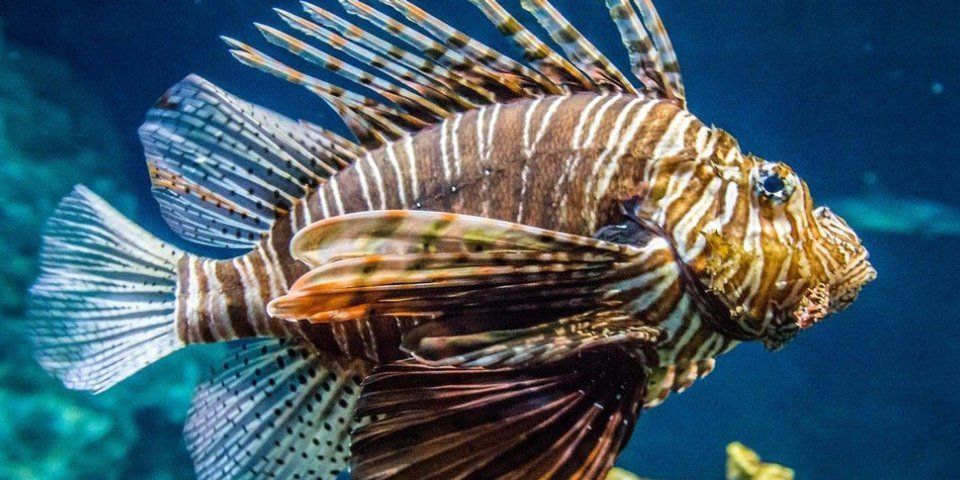
Titolo diapositiva
Scrivi qui la tua didascaliaPulsante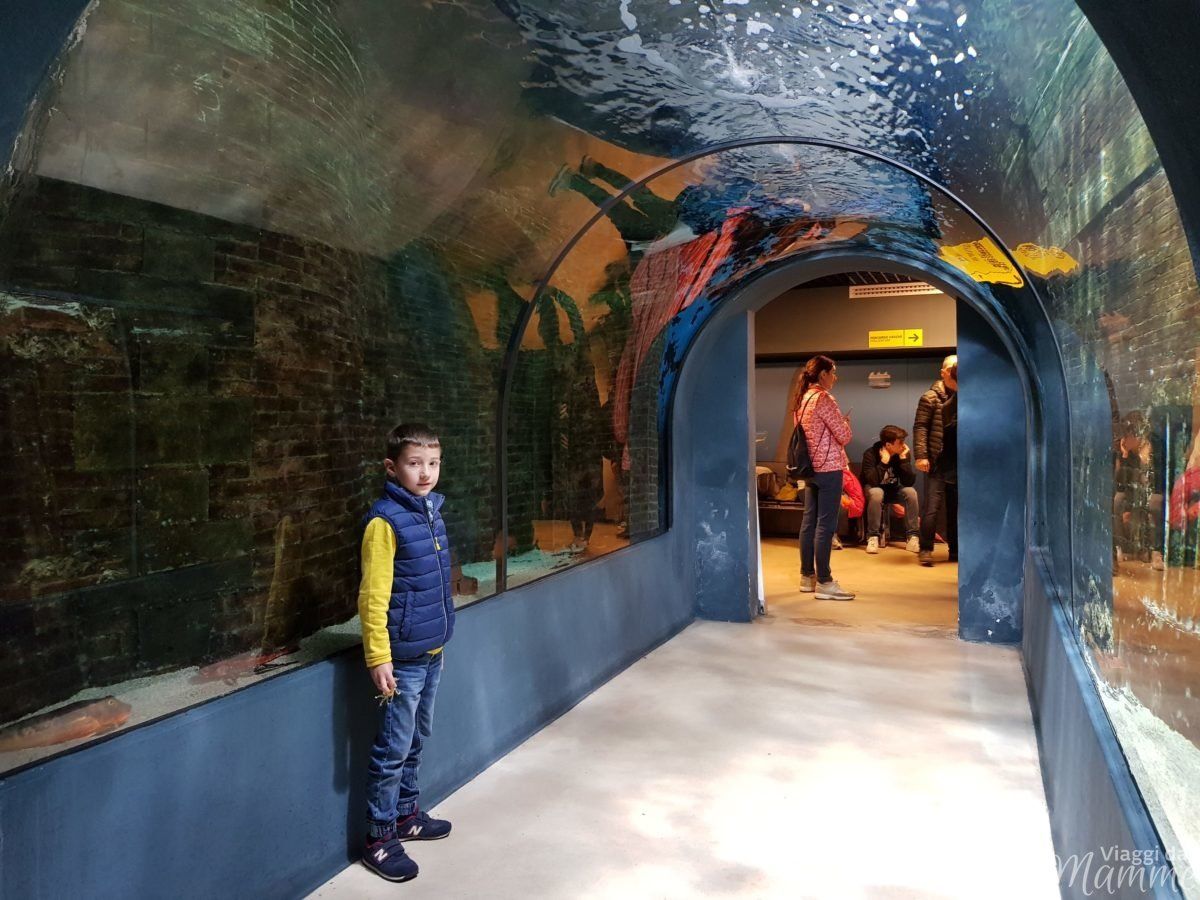
Titolo diapositiva
Scrivi qui la tua didascaliaPulsante
-
The Livorno Aquarium
3000 square meters on two floors, 20 tanks and 150 different species for a total of about 1200 animals: a visit to the Livorno Aquarium is truly an exciting experience.
The attraction is the third largest in Italy, after Genoa and Cattolica, and enjoys a splendid privileged position with a strong emotional and scenographic impact on the seafront, next to the Mascagni promenade.
On the ground floor, we find the blue of the abyss with its display tanks that house the two splendid green turtles "Ari" and "Cuba", the Napoleon fish, the zebra sharks and even the seahorses, jellyfish, starfish and much more. A section was recently dedicated to the kelp, the submerged forests made up of different species of Macroalgae capable of developing in height for several meters, to form a real submerged forest, and to the octopus tank, an intelligent and fascinating animal.
The visit continues on the first floor where the blue of the abyss gives way to the green of the forests in a space dedicated to the discovery of the beauties and curiosities of the world of insects, amphibians and reptiles in their fascinating shapes and different colors: the "invisible" insect stick, arrow frog and chameleon camouflage!
From the first floor you can access a splendid panoramic terrace from which you can admire the beauties of the Tuscan Archipelago and the Livorno coast.
-
Opening Time and Tickets
Prices
Attention: limited number of admissions per day. Online purchase is recommended for guaranteed entry.
At the ticket office FULL € 16.00 On line price starting from: € 12.00
BOY (from 1m to 140 cm height) € 10.00 Online price from: € 9.00
REDUCED (over 65, military, disabled access, teachers) € 10.00 Online price starting from: € 9.00
CHILDREN <1m and DISABLED 100% Free
Prices and opening hours are subject to change. For up-to-date information, it is advisable to contact the Aquarium by telephone before visiting at no. +39 0586 269111
Opening Times
Until 12/9, open from Monday to Sunday every day from 10 to 18 (last admission 17)
There are no time slots
Livorno Acqaurium - Short description Entrance Times and tickets
25/8/2021
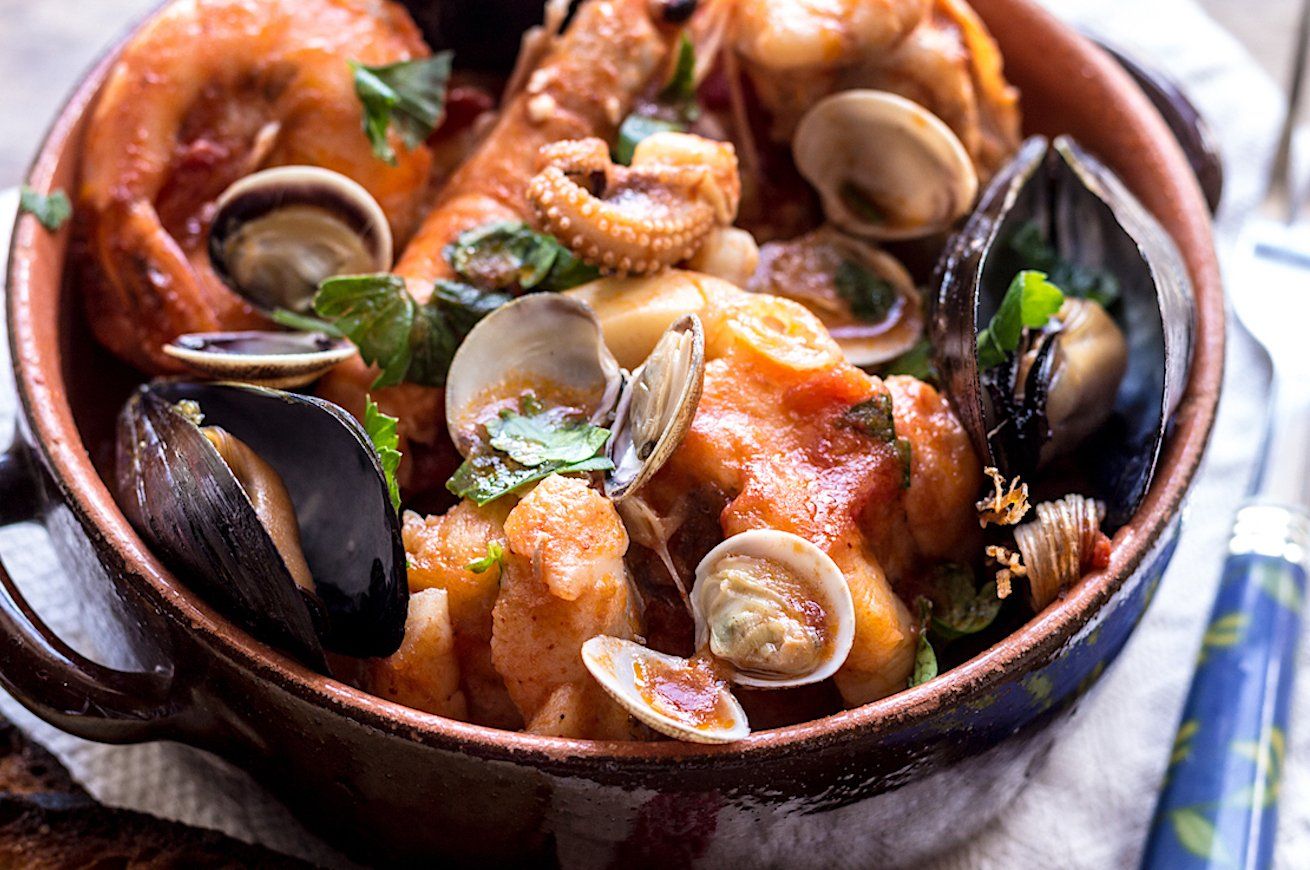
Slide title
Scrivi qui la tua didascaliaButton
-
Livorno, His Majesty the Cacciucco
Little is known about the origins of Cacciucco. Certainly this dish full of delicious flavors, of cuttlefish, octopus, scorpion fish, dogfish and other marine pleasures combined in the same pot and placed, with abundant and thick sauce, almost creamy, on a bed of toasted and garlic flavoured bread deposited on the bottom of a deep plate, due to the characteristic mix of different fish capable of coexisting harmoniously together, fully represents the “livornesità”(what it means to be “livornese”).
The origins of the recipe seem to date back to 1600, and is linked to the "Risiatori" (Wreckers), those young people who earned their living on the sea were called “risicatori”.
Were in fact called "wreckers" those young people who in the '600 earned their living on the sea; at the time there were no port rules, and the city was taking a leading role in the Mediterranean. The wreckers had every day to literally compete with each other to reach first the bulk carriers arriving at port and gain the right to unload their goods.
The wreckers were therefore on their boats waiting to leave in a frantic rowing.
In the time of waiting they stood with the fishing nets lowered into the sea to catch any fish that took the bite: squid, dogfish, conger-eel, goby, bogues, rock fish, gurnard, squill, mullet and anything else that came along. And while they were waiting for the fish, they cut pieces of bread, toasted them, rubbed garlic on them, seasoned them with oil and put them into a large pot full of a boiling mixture of freshwater and seawater. Then all the fish went into the boiling water to create a mixture of flavors separated by the slices of garlic-flavored bread. These are the origins of càciuc, it is said to be of Phoenician or Turkish origins, Küçiuk, a mixture not just of fish but also of history from which derives His Majesty the Cacciucco, the dish that makes the people of Leghorn proud of their city.
Livorno - History of Cacciucco
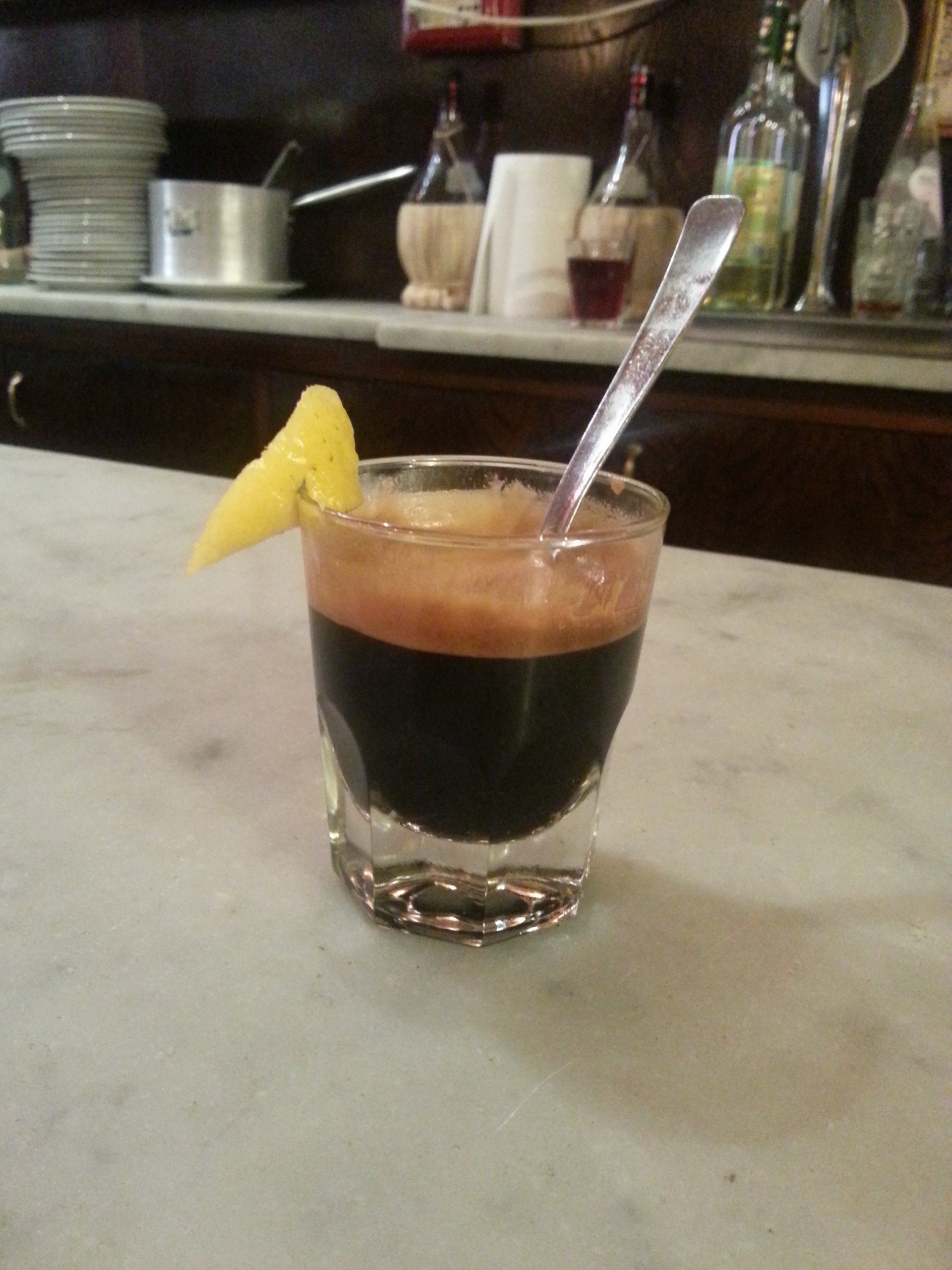
Slide title
Scrivi qui la tua didascaliaButton
-
Livorno - The Ponce
The port of Livorno had already become the gateway to and an emporium in the Medici's Grand Duchy of Tuscany when, one morning in 1674, a Saracen felucca docked there, laden with coffee and barrels of rum.
The mysterious scented coffee beans immediately aroused the interest of several innkeepers who tried to use them in their taverns. They added hot rum to produce a strong, restorative drink for the shivering sailors forced to stay on land because of bad weather.
This is how ’il ponce’ began, and what an invention! The truly explosive combination, capable of comforting souls and helping in difficult moments, is so unique that it still plays a dominant role in the lives of every Livornese
family, representing a highly satisfactory way of rounding off a fine meal.
However, Livorno is not just the city that invented ’il ponce’: in the 1800’s the first cafés opened here, frequented by people from all social classes and cultural backgrounds, as well as by women - an important factor that gives us an idea of the mentality of the time, underlining once again the cosmopolitan and libertarian origins of Livorno.
Even before similar establishments opened in Venice, Livorno's cafes were thriving meeting places for locals and visitors alike, places for talk and discussion of every kind. It is worth visiting one of the city’s many bars today, such as the historic Bar Civili with its colorful local atmosphere
(situated in Via del Vigna, not far from the central railway station). From here you can explore Livorno’s many trattorias and restaurants and try the highly recommended flavoursome local dish known as Cacciucco... but that is another story.
Livorno History of Ponce
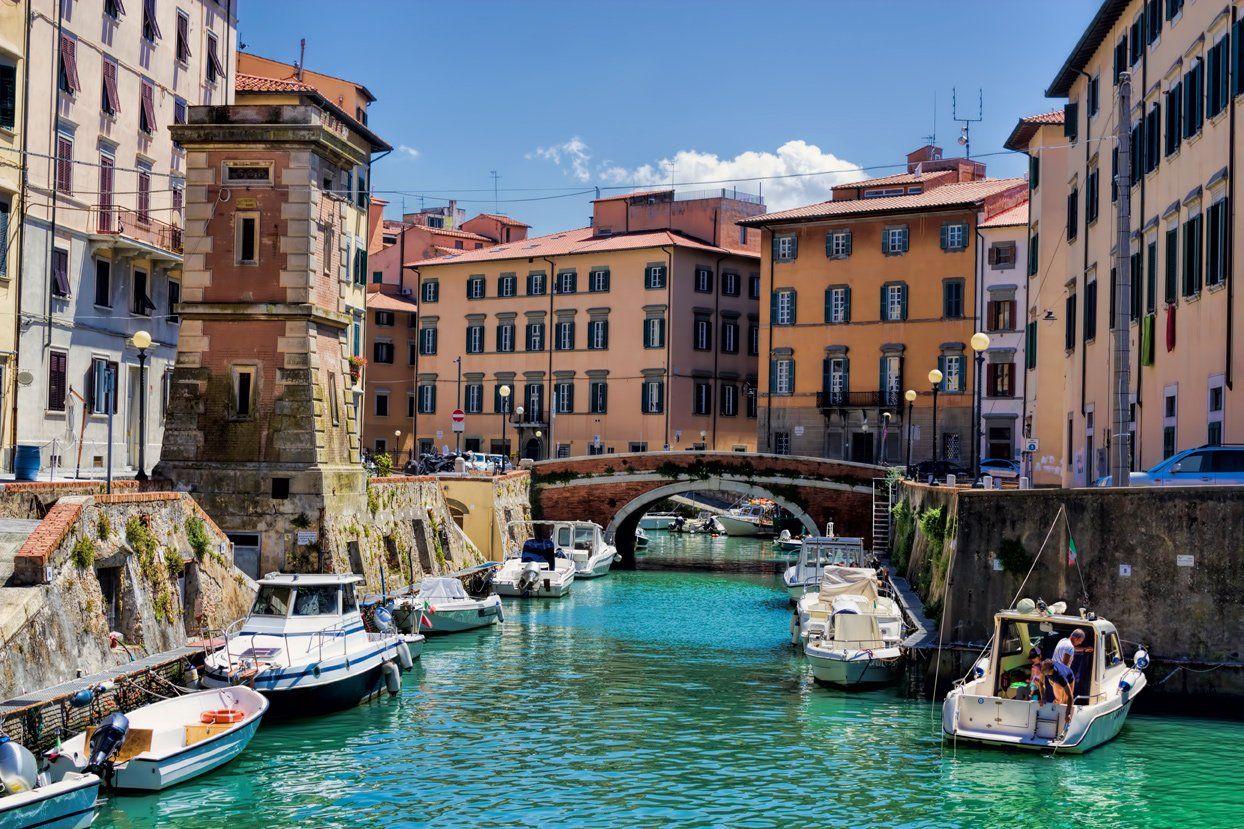
Titolo diapositiva
Scrivi qui la tua didascaliaPulsante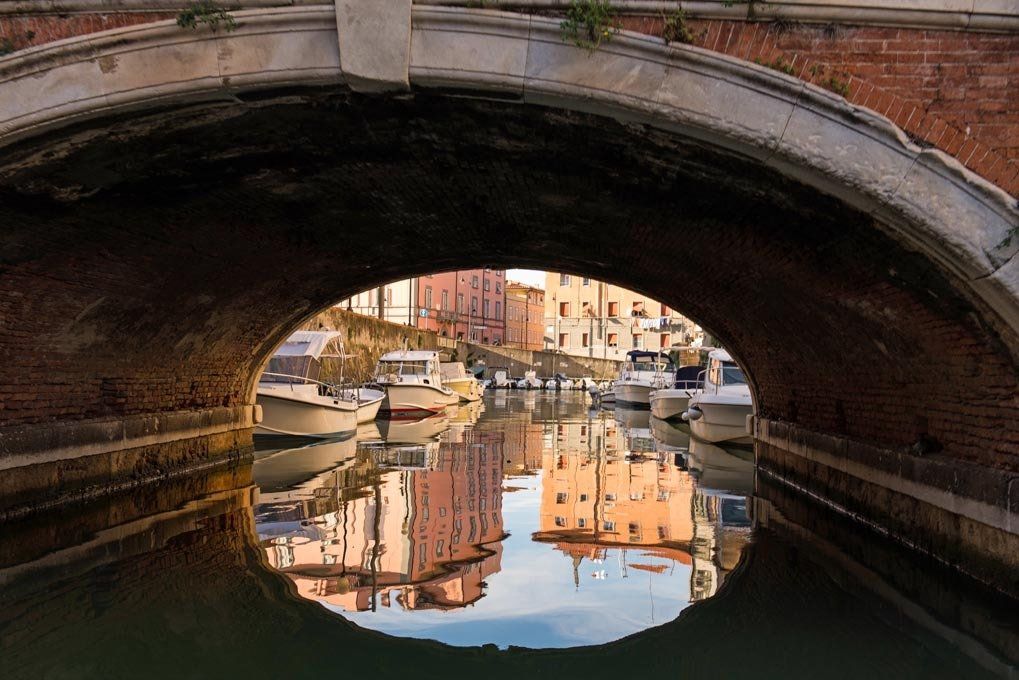
Titolo diapositiva
Scrivi qui la tua didascaliaPulsante
Titolo diapositiva
Scrivi qui la tua didascaliaPulsante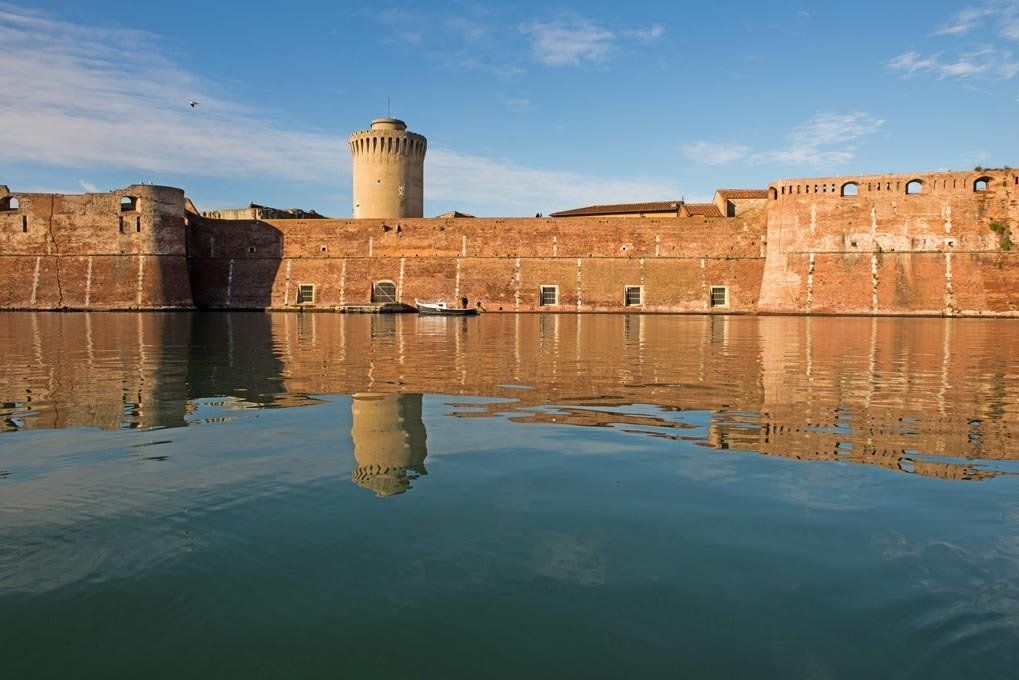
Titolo diapositiva
Scrivi qui la tua didascaliaPulsante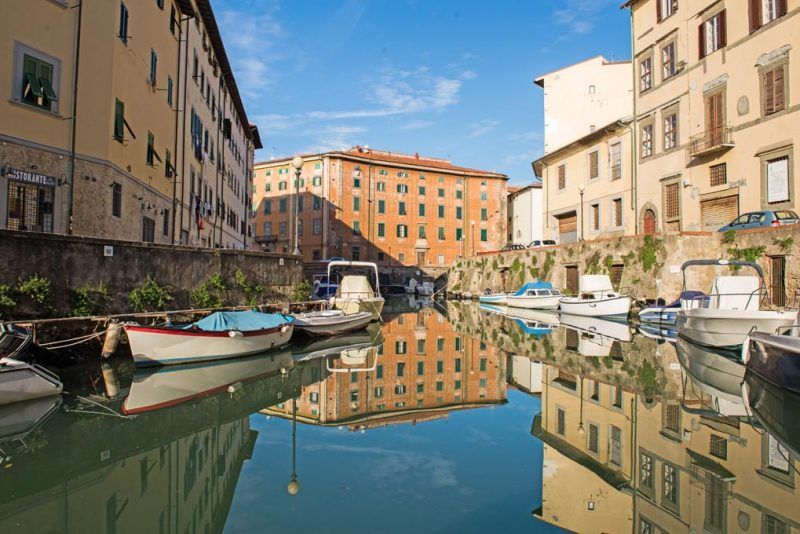
Titolo diapositiva
Scrivi qui la tua didascaliaPulsante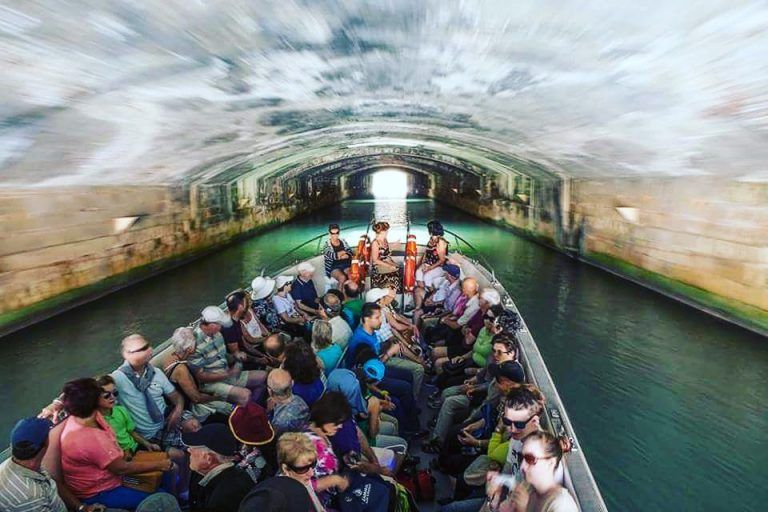
Titolo diapositiva
Scrivi qui la tua didascaliaPulsante
-
Livorno - Boat Tour along the canals
An original and fascinating way to discover the city of Livorno is the so-called Boat tour along the canals, aboard a boat through the old town to discover the history, culture and tradition of Livorno.
Old stairways, the ancient places of port work, the historic cellars and warehouses bordering the waters in the picturesque Little Venice district, ancient fortresses, churches of various cults and elegant nineteenth-century palaces will flow before your eyes in a succession of emotions.
Discovering the city aboard a boat is a truly unique opportunity to get to know the city from an unusual and suggestive perspective.
Telephone: +39 333 157 3372
Boarding: Scali della Darsena (in front of the "Monument To the Four Moors”)
https://www.tourinbattello.livorno.it
Telephone: +39 348 738 2094
Boarding: Scali Novi Lena
Telephone: +39 340 561 7490 - +39 340 500 3356
Boarding: Scali Delle Pietre 6
Livorno - Boat Tour along the canals
24/1/2022



